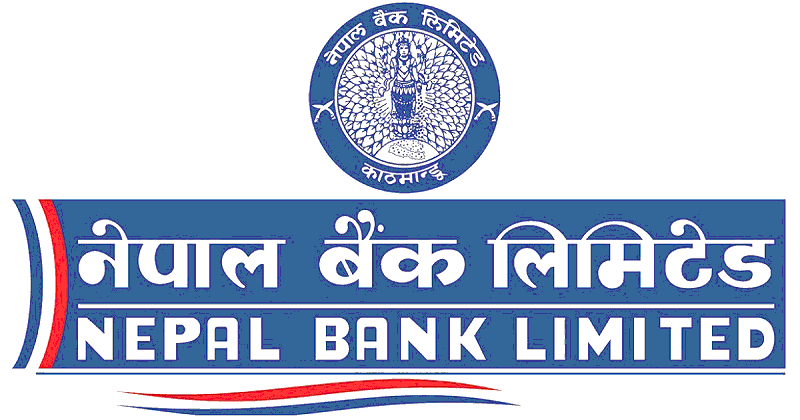
Nepal Bank Limited (NBL) Rated as ICRA 'A-Class' Rating:
ICRA Nepal Limited has given an 'A' level rating to Nepal Bank Limited as per Moody's standard. Banks and financial institutions that receive this level of rating from a rating agency are considered to have sufficient capacity to pay their financial and financial obligations on time.
ICRA Nepal has reaffirmed a rating of [ICRANP-IR] A (pronounced ICRA NP issuer rating A) to Nepal Bank Limited (NBL), indicating the adequate degree of safety regarding the timely servicing of the financial obligations. Such issuers carry low credit risk. The rating is only an opinion on the general creditworthiness of the rated entity and is not specific to any debt instrument.
NBL is one of three class A commercial banks, with majority holding by the GoN. Once burdened by very high NPA levels and negative capitalisation, NBL underwent a series of restructuring programmes, first under a management team from Royal Bank of Scotland (between 2002 and 2007) and then under a management team from the NRB (between 2007 and 2014). The bank has made significant improvement in its asset base and credit quality on the back of the restructuring programmes, recoveries, and subsequent growth.
The share of cash in Nepal Bank is 63 percent. As it proves to be higher than the average of Nepal's banking sector, has adequate capital adequacy ratio, low concentration risk of loans and deposits, and low overall credit risk, it can be expected to increase the credibility of the bank and contribute significantly to the bank's business growth and expansion.
Nepal Bank has been able to maintain the quality of loans and other assets even in adverse conditions created by COVID-19, the statement claimed.
Also, credit risk management, business, and financial risk analysis, managerial capacity, operational efficiency, analysis of internal and external environmental factors influencing the effective operation of the bank, market share, brand and image, healthy profit base, past and legal impact assessment to manage financial pressure, Capital protection and support from the government, efforts to maintain good governance, policies and established infrastructure, risk-taking capacity, adequate liquidity and capital, sources of income and its sustainability, deposit mix, debt to deposit ratio, transparency and overall industry risk Based on such facts, Nepal Bank Limited is in 'A' rating.
The rating reaffirmation continues to factor in NBL’s strong capitalization profile, both at capital-to-risk-asset ratio (CRAR) level as well as tier I capital level, which coupled with its granular credit portfolio provides a cushion against near term credit shocks arising from the impact of Covid-19 pandemic. The rating also continues to derive comfort from NBL’s ownership profile with the Government of Nepal (GoN) holding a 51% equity stake, its long track record in the industry, and strong branch network. In addition to these, NBL’s competitive positioning is also strengthened by its strong CASA (current and saving accounts) deposit proportion (~63% as of mid-January 2021 vs commercial bank average of ~42%) and the consequent low cost of deposits; which has also been factored into the rating action.
The ratings are, however, constrained by NBL’s relatively high level of gross non-performing loans (NPLs) and the recent spike in delinquency levels because of the ongoing Covid-19 pandemic and the ad-hoc moratorium extended by the
Nepal Rastra Bank (NRB-the central bank) to all Covid-19 affected borrowers. This could create asset quality concerns over the medium term. Rating concerns also emanate from the presence of long-pending unreconciled balances in
NBL’s books of accounts, including inter-branch reconciliation and receivables, underscores a scope for improvement in the MIS capabilities of the bank. These unreconciled balances could also result in a need for provisions against losses and/or write-offs and therefore remain a rating concern. Rating concerns also emanate from the recent moderation in NBL’s profitability indicators because of the decline in NIMs (net interest margin) and the uptick in credit provision expenses. NIMs decreased mainly due to the reduction in the interest spread cap imposed by the regulator.
Given the moderation in non-interest income level in H1FY2021, the incremental profitability of NBL will depend on its ability to prevent a further rise in NPA and maintain NIMs, which in turn will depend on its ability to maintain the low cost of deposits and scale up its operation.
NBL’s ability to improve the asset quality by arresting slippages from existing delinquencies and recovering from existing NPAs will remain a key rating sensitivity. Moreover, timely reconciliation of the unreconciled items in the books of accounts will remain a rating sensitivity. As the ratings draw comfort from the GoN’s 51% stake in NBL’s common equity capital, the GoN’s future stance in maintaining its majority ownership in the bank could also be a rating sensitivity.


